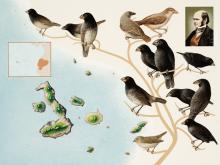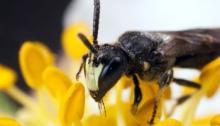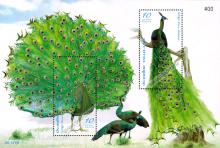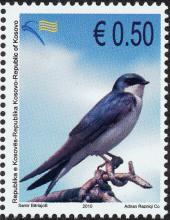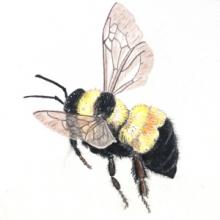Long-term decline in common toads
- Read more about Long-term decline in common toads
- Log in to post comments
Benedikt Schmidt from the University of Zurich and Silviu Petrovan from Froglife used citizen science data from the U.K. and Switzerland to assess long-term national and regional trends for one of Europe’s most abundant amphibian species, the common toad. Their findings, published in PLOS ONE, show a surprisingly severe and long-term decline in both Swiss and U.K. populations, with implications for amphibian conservation. To learn more about the study and the significance of its results, I interviewed Dr. Schmidt via email.


